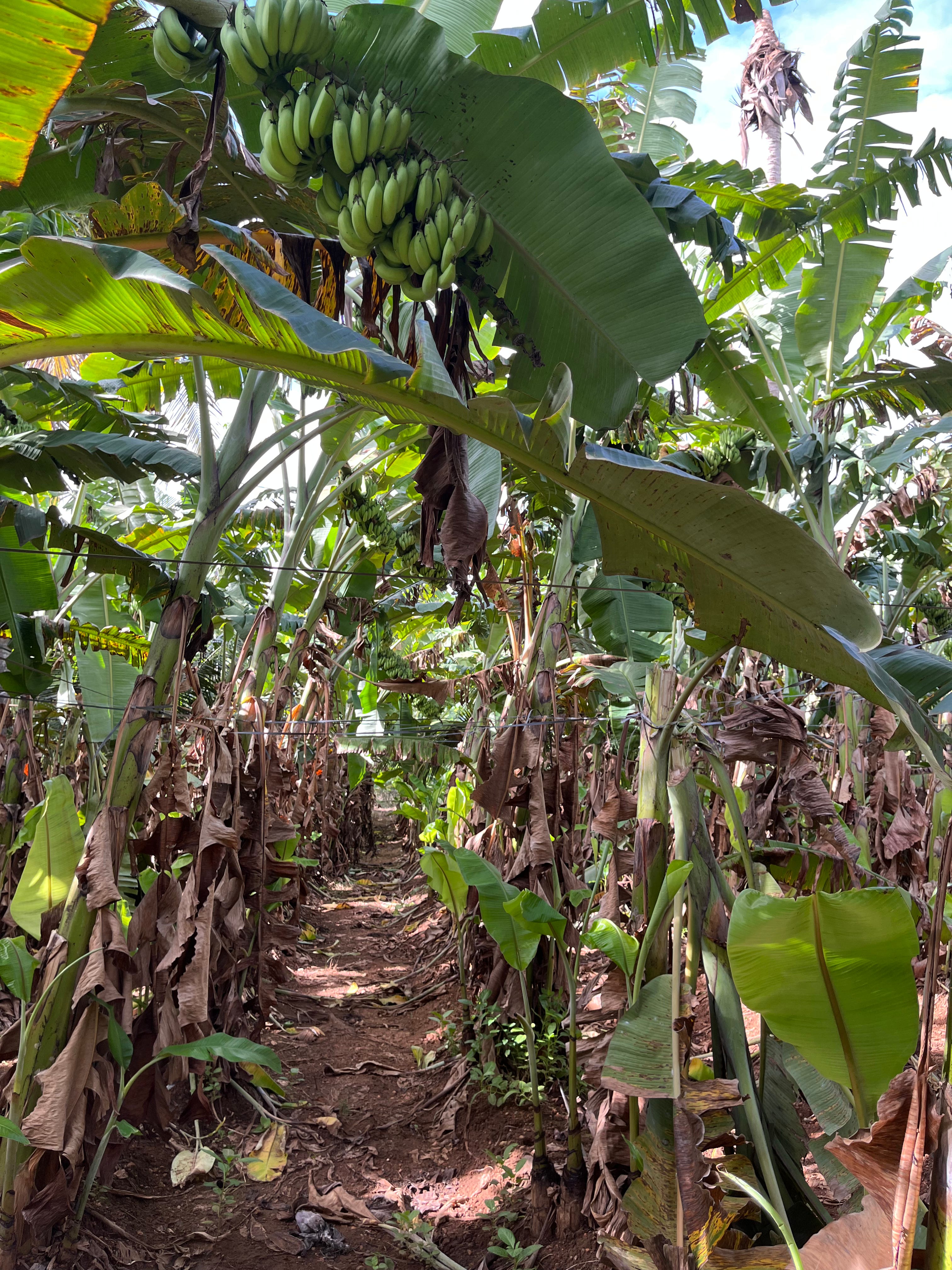Dynamic Supply Chain
Managing a dynamic supply chain is akin to running a pop-up business—constantly adapting to changes, aligning multiple moving parts and ensuring seamless execution despite uncertainty. Nowhere is this more evident than in fresh produce supply chains, where seasonality, quality control and logistics create a complex, ever-evolving challenge. A compelling analogy can be drawn to Spirit Halloween, a retail chain that pops up, scales rapidly and then vanishes until the next season. Similarly, fresh produce supply chains must quickly establish infrastructure, manage fluctuating demand and operate efficiently within short windows before transitioning to the next cycle.
The Seasonality Challenge
Fruits are inherently seasonal, with each region having a distinct harvesting window. This means a supply chain built today might be irrelevant in a few months. Unlike retail or e-commerce fulfillment, fresh produce supply chains require real-time adjustments to sourcing, distribution and storage strategies.
Operating in remote locations, particularly in Tier 3 and Tier 4 towns in India, adds another layer of complexity and problem-solving excitement to dynamic supply chains. Places like Bhuj, Jeewana, Padru, Solapur and Pirawa present unique challenges such as limited infrastructure, fluctuating transport availability, and connectivity issues. Successfully navigating these environments requires hyperlocal strategies, strong relationships with local stakeholders, and contingency plans to bridge infrastructure gaps.

Infrastructure Setup and Teardown
Just as Spirit Halloween sets up temporary stores in abandoned retail spaces, fresh produce supply chains require flexible infrastructure. Facilities must be operational when the season begins and dismantled when demand shifts. During peak seasons, hotels and guesthouses operate at full capacity, with accommodations often selling out well in advance much like a city hosting its Grand Prix. This makes it even more critical to plan housing solutions for workforce mobility in remote locations. Investing in short-term rentals or asset-light models and designing modular infrastructure helps businesses optimize costs and adapt quickly. Innovative solutions such as dome tents, paver blocks and steel sheds—assets that can be rented or easily relocated—provide flexibility. However, challenges such as cyclones and windy rains must be considered when selecting temporary infrastructure solutions.
Quality Control Across Multiple Weather Profiles
Unlike durable goods, fresh produce continues to change even after harvesting. Temperature fluctuations and high humidity during transport can accelerate ripening, causing spoilage and loss. Additionally, the quality profile continues to change during the harvesting season due to fruit ripening on the trees.
Sometimes, it is difficult for new entrants to decipher existing practices and deduce the best approaches to quality preservation. This leads to inconsistencies in product freshness and increased wastage.
Many players try to save cold logistics costs by sending produce to nearby markets at night and offering incentives to drivers to speed up deliveries. While this reduces expenses, it puts cost pressure on businesses that are trying to maintain quality standards.

Team Mobility
With each season, workforce locations shift. Within months, teams that handled pomegranate operations in Andhra Pradesh may need to move to Maharashtra for grapes. This requires agile hiring policies and retraining to ensure continuity. Additionally, workforce incentives, festivals, family pressures to stay near home and food and health challenges can impact workforce availability and productivity.
Training for Readiness from Day One
Seasonal supply chains require workers to hit the ground running. Unlike permanent roles, employees in seasonal businesses have limited time to ramp up. A structured training program ensures that teams are operationally ready from day one. This includes hands-on modules on quality assessment, logistics handling, digital tracking and in-house tools and contingency planning. Leveraging mobile-based learning, on-the-job simulations and mentorship from experienced workers & supervisors can significantly enhance preparedness. By investing in training before the peak season, businesses can minimize errors, reduce inefficiencies and improve overall execution.
Changing Logistics Lines
Unlike fixed-schedule supply chains like e-commerce and retail, fresh produce logistics lines are dynamic. Routes, transit times and costs fluctuate based on yield, demand and unforeseen disruptions.
In seasonal businesses, logistics costs are also driven by supply-demand constraints rather than fixed rates. Figuring out the best rates requires a deep understanding of market practices, including cash vs. credit transactions, destination market rate dynamics, optimal truck sizes and transit strategies.
A well-designed logistics playbook, combined with real-time tracking and contingency planning, ensures that operations remain resilient.
Managing Vendors to Handle Variability
Strong vendor relationships are crucial in managing fluctuations in manpower, infrastructure and logistics availability. Payout consistency is complex due to seasonal demand shifts, requiring flexible contracts and transparent communication. Minimum guarantees become an important baseline to establish trust.
By aligning incentives and establishing long-term trust with vendors, businesses can ensure smoother operations and greater resilience.
Traveler's Delight
Travel is an intrinsic part of the job for fresh supply chains. Visiting remote places offers a unique perspective, away from urban landscapes. Beyond work, witnessing landscapes and lifestyles that feel like a storybook for city dwellers makes these travels more than just business. From the deserts of Bhuj to the hills of Spiti, every destination brings a new experience. Meeting local farmers, traders and logistics operators allows for an authentic cultural exchange.
Building an Agile Supply Chain Playbook
Running a dynamic supply chain requires seamless integration across multiple dimensions—seasonality management, infrastructure flexibility, team and workforce readiness, logistics adaptability, deep collaboration & data-driven decision-making and a resilient vendor network.
Those who perfect the art of running dynamic supply chains will unlock efficiency, resilience and a lasting competitive advantage—turning unpredictability into an opportunity for innovation and success.